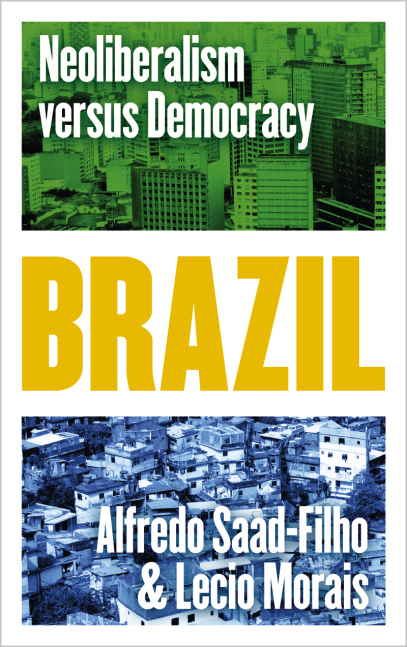First, Pua Thai Party did a grubby deal to form a government with Bhumjaithai Party (pronounced Poomjaithai). This party supported the military junta after the last bogus election of 2019 ,and previously, its leaders organised thugs to beat up the pro-democracy Red Shirts who were protesting against the military. But all this was no obstacle for the opportunist politicians in Pua Thai. Pua Thai have also come to agreements with other unsavoury parties that supported the military.
Finally, they did a deal with General Prayut’s party.
So this is the end product of the bogus elections and the military appointed senate. And Pua Thai are so desperate to get into government that they have slithered on their bellies to achieve this.
No doubt the grubby deal has the approval of former Prime Minister Taksin Shinawat, paving the way for his return to Thailand and his claim to get his millions back.
Many people mistakenly thought that by voting for Pua Thai they were voting for a pro-democracy, anti-military party. They will be disappointed. But they should have known better. Pua Thai has a history of doing grubby deals, including joining up with arch reactionary politician Samak Sundaravej at one point.
Pua Thai has announced that it would refuse even to reform the Lèse-majesté law.
Before the latest Pua Thai announcement, the military appointed senators blocked the Move Forward Party, which won the most votes, from forming a government.
It would seem that the hopes among young people of a parliamentary road to democracy and reducing the power of the military have proved worthless.
As I mentioned in my last post, the results of this election stem from the military constitution and election rules and were designed to maintain the influence of the anti-democratic conservatives and the military. Pua Thai has now stepped forward to be the front man for the military.
Before 2006, when Taksin Shinawat was Prime Minister and leader of the Thai Rak Thai Party (TRT), he began to monopolise power in Thai society. The power of Taksin’s political machine came from the fact that TRT could win the hearts and minds of the electorate through genuine pro-poor policies. Taksin also built his popularity on the clever use of a combination of Government spending and the free market, in order to revive the economy at grass roots level after the 1997 recession. This political power was thus based upon the democratic process and backed up by Taksin’s wealth as a successful businessman. He used this power to try to consolidate the Prime Minister’s control over the army and the bureaucracy. Local political bosses found that their use of gangsters, illegal activities and money politics was being undercut by TRT’s direct links to the electorate through real policies. Many illegal underground activities were legalised and brought into the open. The Government waged a vicious and murderous war against small time drug dealers. Taksin is also responsible for the cold-blooded murder of Malay Muslims in the South.
What frightened the conservatives was that Taksin had firm mass support from the electorate. Conservative ideas could not challenge this strong political base at the polls. Many politicians faced the choice of either joining TRT or sinking into electoral oblivion. Others, including the generals and the middle classes, eventually turned to using a military coup to overthrow him in 2006.
The military and the conservatives tried to destroy his political base in the years after the 2006 coup. But it took military crack-downs against prodemocracy demonstrators, a number of elections, and the Prayut coup of 2014 before the military could succeed, 17 years later.
Taksin and the generals, are two sides of the same coin. They are royalists and reactionaries. Taksin is best mates with Cambodian tyrant Hun Sen and the Thai generals cuddle up to their counterparts in Burma.
The fact that Pua Thai has agreed to form a conservative coalition with a pro-military party is just what the military needed. They have broken Taksin’s political monopoly and his strong links with the rural poor. They have also managed, for the moment, to silence the radicalised youth. They can now claim that Thailand has a “functioning democracy” and most world leaders will nod their heads in agreement.
As always, the hope lies with the social movements, radicalised youth and the working class. But it will take time to rebuild a strong democracy movement which can cut down the power of the military and also get rid of the monarchy.
Giles Ji Ungpakorn
Taksin: from private jet to “prison” to luxury “hotel” …..and then home
Taksin landed in his private jet in Bangkok and was whisked away to spend a few hours in a special prison room. Then he was transferred to the Police Hospital. Suddenly he had developed unspecified illnesses. The Police Hospital private room where he was staying developed a “fault” with its air-conditioning, so he was free to be moved by his family to a luxury room in a private hospital. What a soap opera!!!
By late February 2024, Taksin had been “pardoned” and was released to his luxury home. A few days later, the Cambodian despot, HunSen, paid him a friendly visit.
Meanwhile Generalissimo Prayut appointed all the new heads of the military without waiting for the new Prime Minister. Good to make sure who will still be in charge…









































